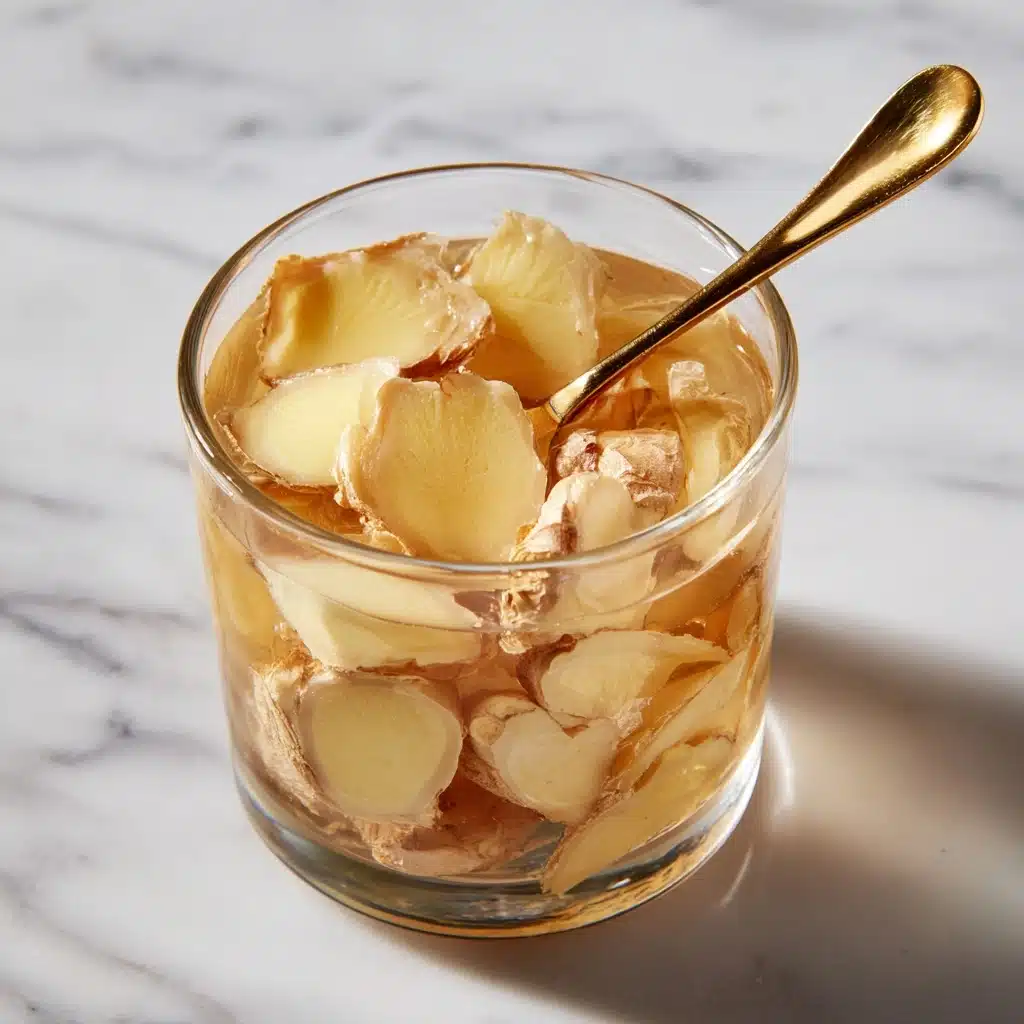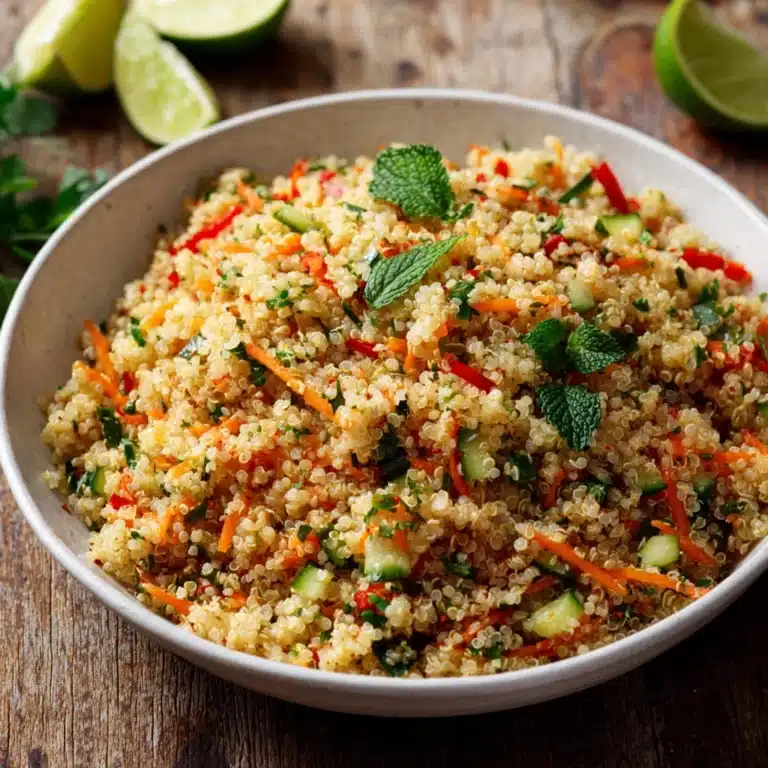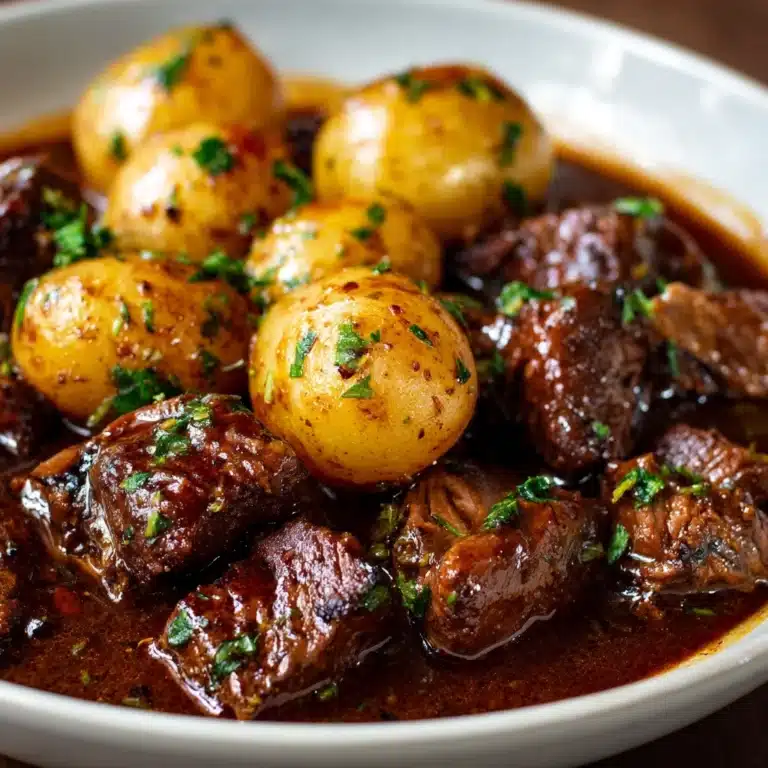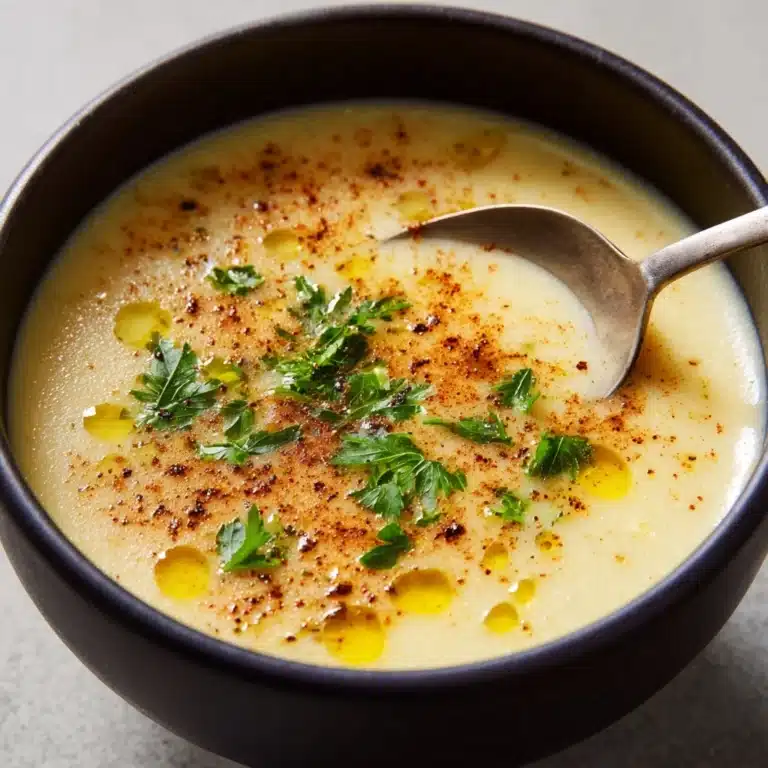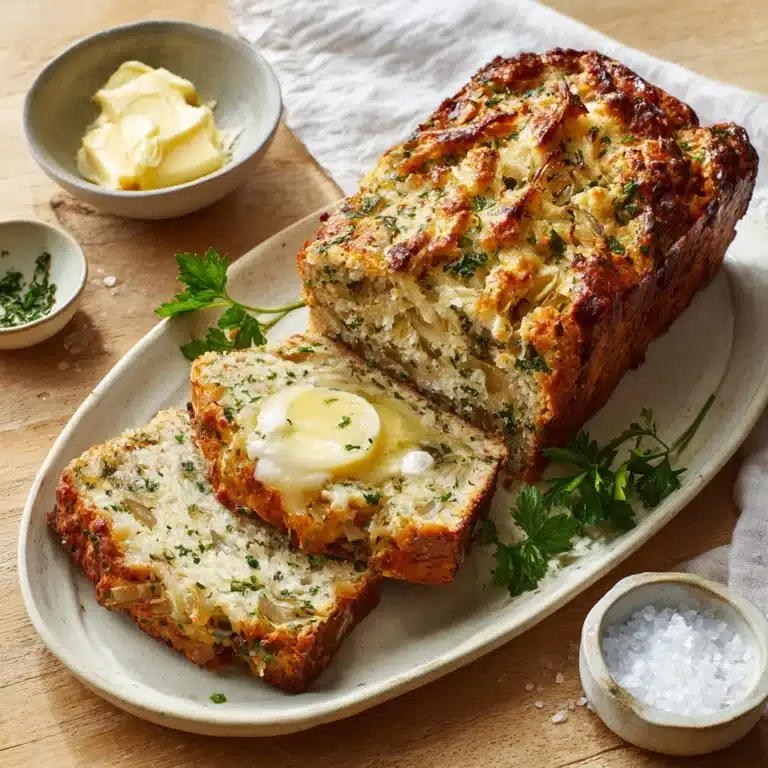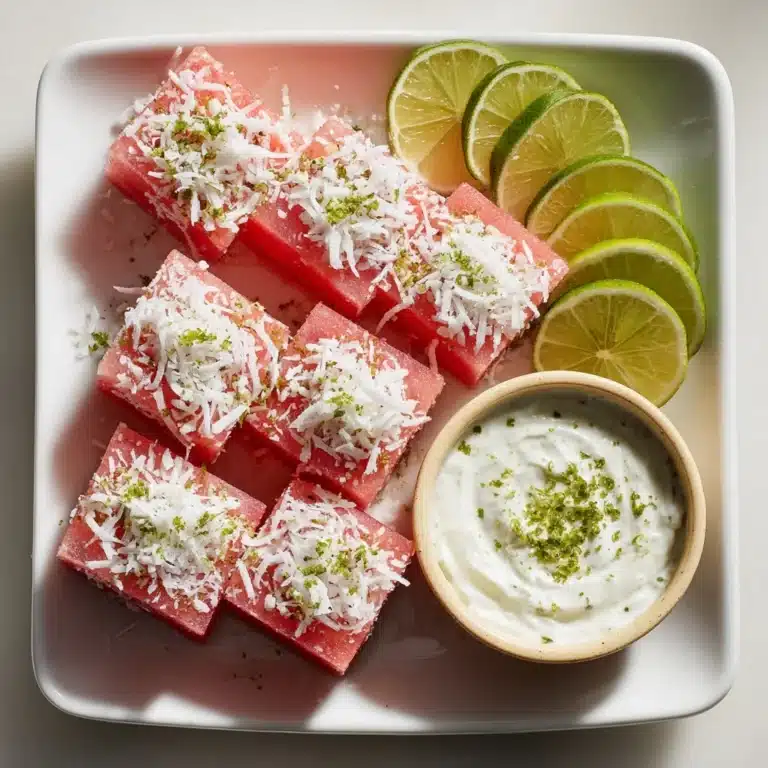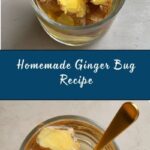If you love the zippy sparkle of homemade sodas, the Ginger Bug is about to become your new secret weapon. This lively, probiotic-rich starter is the magical force behind naturally fizzy drinks like ginger ale—simply combine fresh ginger, sugar, and water, then let nature do its thing. Within days, you’ll have a bubbling, aromatic mixture that brings homemade beverages to life with a wild, wholesome effervescence. Get ready to discover just how fun, simple, and rewarding it is to make your own Ginger Bug from scratch!
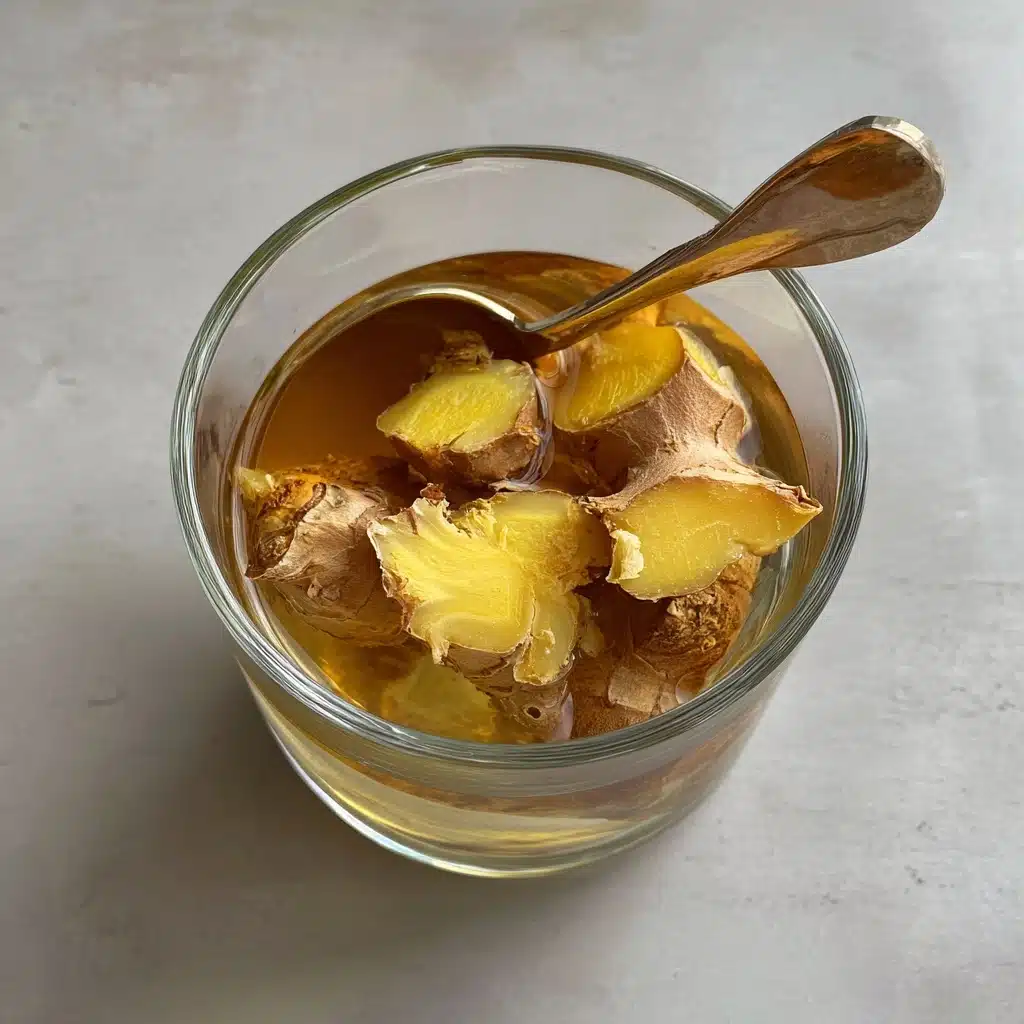
Ingredients You’ll Need
-
For the Ginger Bug:
- 2 cups filtered water
- 2 teaspoons fresh ginger (grated, with peel)
- 2 teaspoons sugar (organic cane sugar recommended)
- additional ginger and sugar for daily feeding
How to Make Ginger Bug
Step 1: Combine the Base Ingredients
Start by placing 2 cups of filtered water in a clean glass jar. Add 2 teaspoons of freshly grated ginger (don’t bother peeling, just scrub the root clean) and 2 teaspoons of organic cane sugar. Stir the mixture well with a non-metal spoon until the sugar dissolves completely; this helps distribute everything evenly and gets those wild microbes mingling.
Step 2: Cover and Leave to Ferment
Cover your jar with a breathable cloth or a coffee filter, securing it with a rubber band. This keeps out dust and curious bugs, while letting natural yeasts and bacteria from the air join the party. Find a cozy spot out of direct sunlight—room temperature is perfect for nurturing your future Ginger Bug as it gets lively.
Step 3: Feed Your Ginger Bug Daily
Just like a beloved pet, your Ginger Bug thrives on daily care. Each day, add 1 teaspoon grated ginger and 1 teaspoon sugar. Stir well to keep the ecosystem healthy and ensure air reaches all the microorganisms. This routine feeds the yeast and bacteria, encouraging bubbles and that gentle sourness typical of a well-fermented starter.
Step 4: Watch for Activity
Over the next 3 to 7 days, keep an eye on your jar. You’ll notice little bubbles, a faintly tangy aroma, and just a hint of ginger spice—the unmistakable signs your Ginger Bug is alive and kicking. Once it’s audibly fizzy and smells fresh, it’s ready to use in your favorite homemade sodas.
Step 5: Store and Maintain the Ginger Bug
Done bubbling? Pop the jar into the fridge, capping it loosely. From this point, feeding once a week is enough to keep everything active. Each time you use your starter, replenish with equal parts ginger and sugar, stir it in, and let it ferment at room temperature until bubbly before returning to cold storage.
How to Serve Ginger Bug
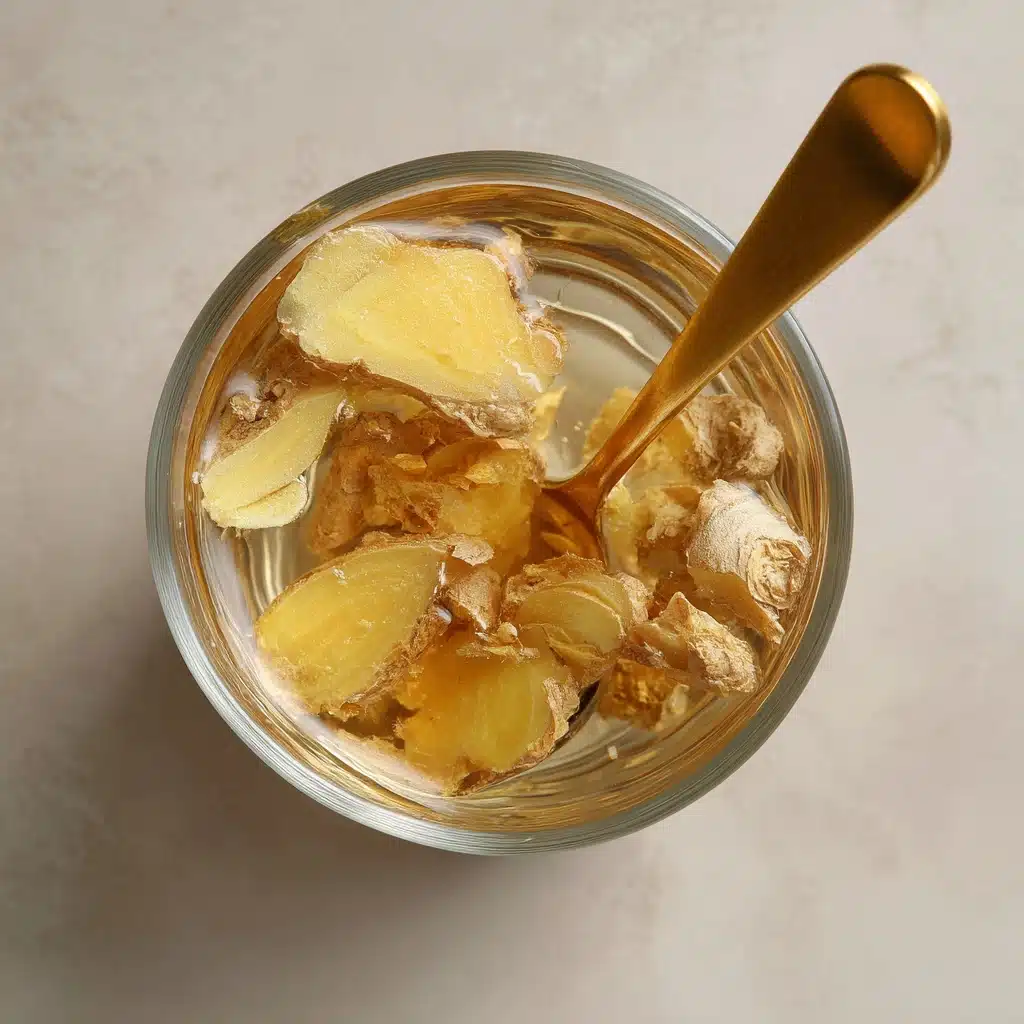
Garnishes
A swish of creativity goes a long way! Top your Ginger Bug-inspired sodas with thin ribbons of fresh ginger, a wedge of lime, or a sprig of mint for a pop of color and a fragrant aroma that complements their naturally sparkling quality.
Side Dishes
Fermented ginger sodas made from your Ginger Bug are delicious alongside spicy or savory fare. Try serving with Asian noodle dishes, grilled veggies, or a crispy tofu stir-fry. The effervescent tang really shines when paired with flavorful snacks like roasted chickpeas or veggie chips.
Creative Ways to Present
The fun doesn’t have to stop with traditional drinks! Try pouring your Ginger Bug sodas over crushed ice for a homemade slushie or create float-style treats by topping with a scoop of coconut ice cream. Individual glass bottles with custom labels make for adorable gifts or party favors, showing off your fermentation flair.
Make Ahead and Storage
Storing Leftovers
Once your Ginger Bug is active, keeping it healthy is a breeze. Store it in the fridge, loosely covered. Remember to feed it weekly with equal parts grated ginger and sugar—this keeps the microbes happy and the bubbles coming so you’re always ready to brew a batch of soda on a whim.
Freezing
Need a break from fizz? You can freeze your Ginger Bug for the long haul. Simply transfer it to a clean, tightly sealed jar and freeze. To revive, thaw in the fridge, bring to room temperature, and start feeding again until activity returns—usually within a few days.
Reheating
Since the Ginger Bug is a living culture, there’s no need to heat it up! Just bring it back to room temperature before feeding or using in a new fermentation project. Any heat above around 110°F will damage the beneficial microbes, so keep your bug cool and happy.
FAQs
Why isn’t my Ginger Bug bubbling?
If you’re not seeing bubbles after several days, don’t worry. Sometimes fermentation takes longer due to cooler temperatures or less-active ginger. Make sure your water is dechlorinated, your jar and utensils are squeaky clean, and persist with daily feedings—activity almost always picks up soon.
Can I use powdered ginger instead of fresh?
Fresh ginger (with peel) is important, because it naturally harbors wild yeasts and bacteria that powdered ginger lacks. Powdered versions just don’t provide the same fermentation boost or vibrant aroma as fresh.
How do I know if my Ginger Bug has gone bad?
Trust your senses! If you see mold (fuzzy, discolored spots), smell anything rotten or cheesy, or spot any drastic color changes, it’s best to discard the starter and begin anew. A healthy Ginger Bug should smell pleasantly sour and spicy, not off-putting.
What can I use Ginger Bug for?
Once active, your Ginger Bug can launch countless homemade sodas—from classic ginger ale and root beer to hibiscus fizz or even fruit ‘sparkle’ concoctions. It’s a versatile, natural carbonation starter that’s a game-changer for homemade refreshments!
How often should I feed my Ginger Bug if I’m not using it?
If you’re not making soda regularly, store your bug in the refrigerator and feed it about once a week. Just stir in a teaspoon each of sugar and fresh ginger, cover, and keep chilled until your next fermenting adventure.
Final Thoughts
Embracing the wild, bubbly world of Ginger Bug is such a joyful experiment—equal parts science and kitchen magic. With a little care and curiosity, you’ll have a vibrant, living starter that brings homemade sodas alive with flavor and fizz. Don’t be surprised if it becomes a staple in your culinary toolkit—give it a try, and get ready to impress every refreshment-loving friend you know!
Print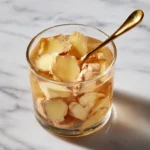
Ginger Bug Recipe
- Total Time: 5 minutes (plus 3–7 days fermentation)
- Yield: About 1 cup starter 1x
- Diet: Vegan
Description
Learn how to make a natural ginger bug at home to use as a starter for fermenting homemade sodas. This probiotic-rich ginger bug adds natural carbonation to beverages like ginger ale or root beer.
Ingredients
For the Ginger Bug:
- 2 cups filtered water
- 2 teaspoons fresh ginger (grated, with peel)
- 2 teaspoons sugar (organic cane sugar recommended)
- additional ginger and sugar for daily feeding
Instructions
- In a clean glass jar, combine the water, grated ginger, and sugar. Stir well with a non-metal utensil until the sugar dissolves. Cover the jar with a cloth or coffee filter secured with a rubber band. Leave at room temperature, away from direct sunlight.
- Feed the bug daily by adding 1 teaspoon grated ginger and 1 teaspoon sugar. Stir well each time. After 3–7 days, the mixture should become bubbly and slightly sour with a light ginger aroma—signs that it’s active and ready for use. Once active, store in the fridge and feed once a week to maintain.
Notes
- Use only non-chlorinated water and organic ginger if possible to avoid antimicrobial residues.
- The ginger bug is used as a natural starter to ferment homemade sodas like ginger ale or root beer.
- Always use clean utensils to avoid contamination.
- Prep Time: 5 minutes
- Cook Time: 0 minutes
- Category: Beverage
- Method: Fermenting
- Cuisine: Global
Nutrition
- Serving Size: 1 tablespoon
- Calories: 10
- Sugar: 2g
- Sodium: 0mg
- Fat: 0g
- Saturated Fat: 0g
- Unsaturated Fat: 0g
- Trans Fat: 0g
- Carbohydrates: 3g
- Fiber: 0g
- Protein: 0g
- Cholesterol: 0mg
